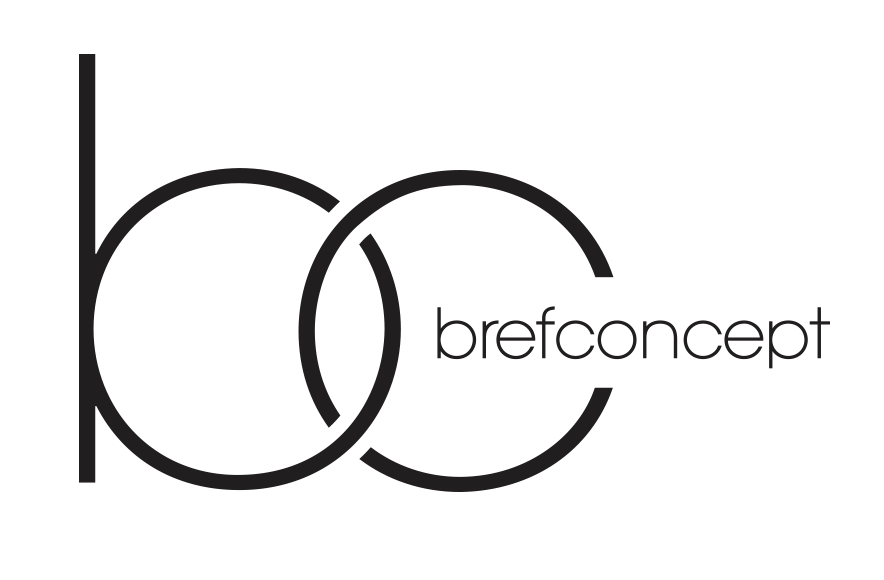Dystopian Books: 7 Common Myths Debunked
Dystopian literature captivates readers with its imaginative worlds and thought-provoking themes. John Mandel, which explores life after a pandemic, offer glimpses of hope and community amidst despair.
Myth 6: Dystopian Books Are Purely Fictional
Fact: Dystopian literature often reflects real-world issues and concerns.
Many authors draw inspiration from historical events, political climates, and social issues.
While many dystopian books feature bleak outcomes, some offer hope or redemption.
In addition, for example, « Fahrenheit 451 » by Ray Bradbury critiques censorship and the dangers of a passive society, while simultaneously addressing the importance of literature.
Myth 5: Dystopian Books Are All Gloomy and Depressing
Fact: Many dystopian stories incorporate elements of hope and resilience.
While the settings can be dark, authors often highlight the strength of the human spirit in the face of adversity. For instance, while Orwell’s « 1984 » presents a grim totalitarian regime, Ray Bradbury’s « Fahrenheit 451 » focuses on censorship and the consequences of a technology-driven society.
Myth 3: Dystopian Books Are Only for Young Adults
Fact: Classic dystopian literature appeals to readers of all ages.
While many contemporary dystopian novels target young adult audiences, classic works like « Brave New World » and « The Handmaid’s Tale » resonate with adult readers. For instance, Orwell’s « 1984 » was influenced by totalitarian regimes of the 20th century. In this article, we will debunk seven common myths about dystopian series books, providing the facts and explanations behind them.
-
Myth 1: Dystopian Books Are Just for Young Adults
Fact: Dystopian literature appeals to readers of all ages.
While many popular dystopian series, such as « The Hunger Games » and « Divergent, » target young adults, the genre has a rich history that includes classics like George Orwell’s « 1984 » and Aldous Huxley’s « Brave New World. » These works address profound themes that resonate with adult readers, making dystopian literature a versatile genre.
-
Myth 2: All Dystopian Stories Have a Happy Ending
Fact: Many dystopian narratives conclude on a somber note.
Contrary to popular belief, not all dystopian stories wrap up neatly with a happy ending.
Embrace the complexity and richness of these narratives, and let them inspire you to think critically about the future. dystopian literature books
These variations allow for diverse explorations of societal issues, making the genre rich and multifaceted.
-
Myth 3: Dystopian Societies Are Always Totalitarian
Fact: Dystopian societies can take many forms, including anarchic and capitalist systems.
While totalitarian regimes are a common backdrop in dystopian fiction, they are not the only representation of a dystopian society. Protagonists frequently engage in acts of rebellion, showcasing the human spirit’s ability to endure and fight against oppressive systems. From classic works exploring totalitarianism to contemporary novels that tackle issues like climate change and social inequality, dystopian literature offers a wide spectrum of narratives and perspectives. top dystopian books
-
Myth 4: Dystopian Characters Are Always Depressed
Fact: Dystopian protagonists often display resilience and hope.
While many dystopian stories are dark, the characters within them often exhibit remarkable strength and resilience. Books like « The Giver » by Lois Lowry provide young readers with an accessible entry point into discussions about society, freedom, and individual choice. top dystopian novels
-
Myth 7: Dystopian Literature Is Only a Trend
Fact: Dystopian literature has a long history and continues to evolve.
Some critics argue that the rise of dystopian literature is merely a passing trend, but the genre has deep historical roots, with works dating back to the early 20th century.
They serve as cautionary tales, urging vigilance and awareness.
What You Should Really Know
Dystopian literature is a rich and complex genre that transcends simple myths. Whether set in the future, reflecting contemporary issues, or exploring themes of hope amidst despair, these stories continue to resonate with readers of all ages. Titles like « The Road » by Cormac McCarthy blend dystopian themes with literary storytelling, appealing to a broader audience.
Myth 7: Dystopian Books Are only Fiction
Fact: Dystopian literature can be a reflection of real-world scenarios.
Many classic dystopian novels are inspired by real historical events or societal trends, providing a cautionary tale about the potential consequences of unchecked power and societal complacency. This connection to reality enables authors to comment on contemporary issues and provoke thought among readers.
Fact: Dystopian literature often serves as a cautionary tale.
Many authors use dystopian settings to critique societal trends and warn against potential futures. In this article, we will explore seven common myths about dystopian books, providing facts and explanations to debunk them.
-
Myth 1: Dystopian Books Are Just About the Future
Fact: Dystopian stories can be set in both the future and alternative realities.
While many dystopian novels envision bleak futures, others depict fictional societies that exist parallel to our own. Some stories explore corporate domination, social hierarchies, or environmental disasters, highlighting diverse forms of societal collapse.
-
Myth 5: Dystopian books are always bleak and depressing.
Although many dystopian stories deal with dark themes, they often include elements of hope, resilience, and the human spirit.
Embrace the genre, and you may find yourself inspired to think critically about the world around you.
Embrace the complexities of these narratives, and you may find that they hold more relevance than ever in today’s society.
